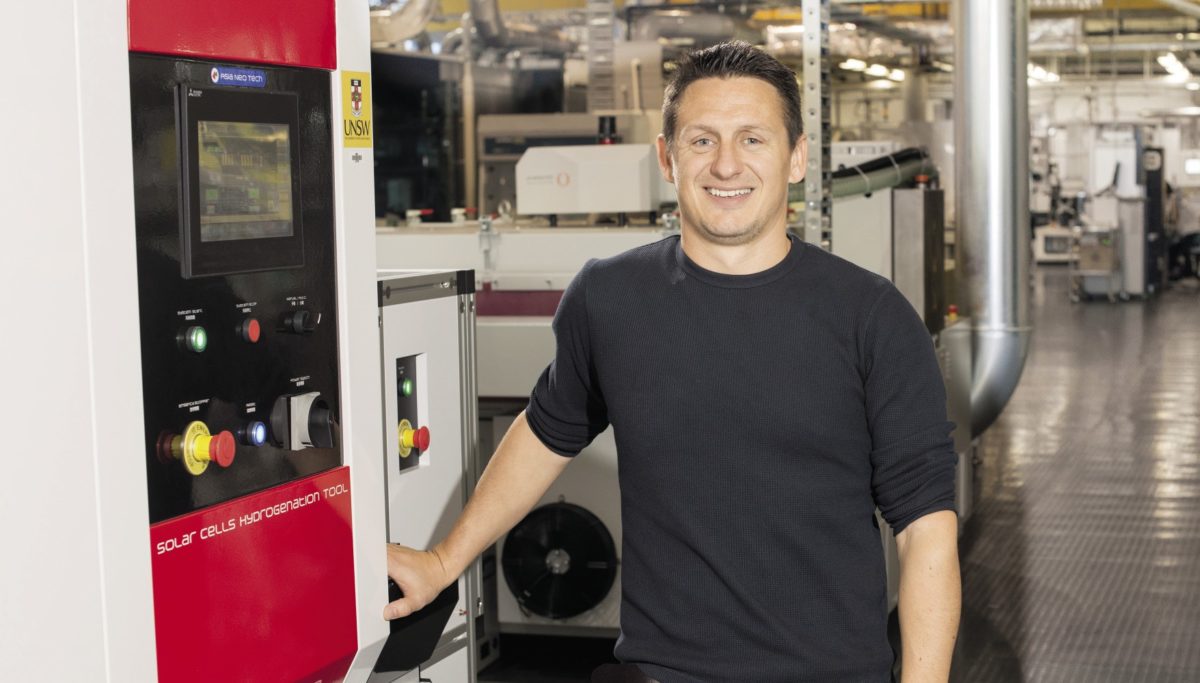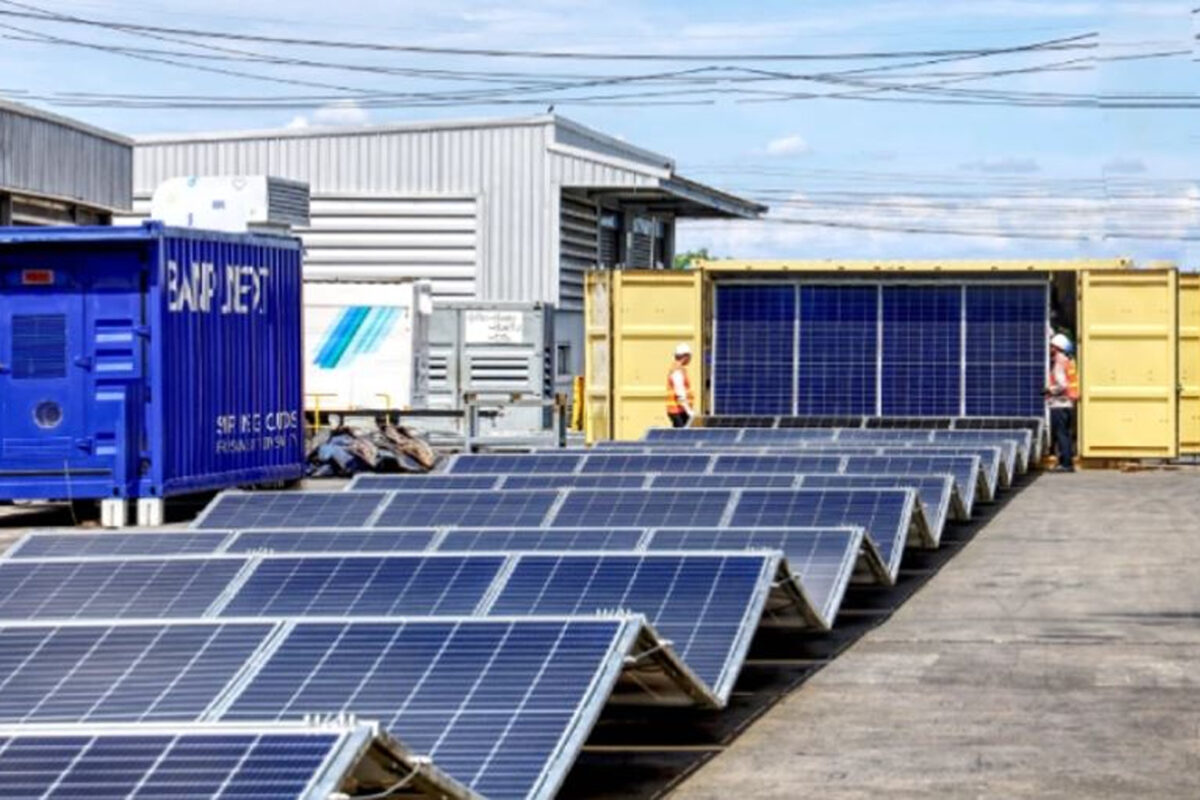From pv magazine 11/2021
Your recent study is called “Design Considerations for Multi-terawatt Scale Manufacturing of Existing and Future Photovoltaic Technologies: Challenges and Opportunities Related to Silver, Indium and Bismuth Consumption.” It has spurred a lot of discussion in the PV community – how did you select this theme for study?
PV has been so successful – it’s now the cheapest form of electricity. This means we’re not just talking about potentially terawatt scale for electricity, but also for the transformation of the energy sector to supply transportation, heating, and a whole range of other energy needs.
Pierre Verlinden had written a paper about future challenges at the terawatt scale – a level of production that we could now see within 10 years. One of my major concerns for the industry is that a lot of roadmaps are really pushing heterojunction solar cells for deployment, given that in the current industrial implementation, heterojunction designs use twice as much silver as PERC. And then they need the transparent conductive oxide layers, for which they’re using indium, which is in very, very scarce supply.
We do need to get greater efficiencies, but we can’t along the way jump to technologies that create larger problems.
How did you go about investigating the capacity of silver, indium, and bismuth reserves in relation to the PV industry?
I wasn’t sure how this paper would be received because it’s very simplistic. It basically says, here are the physical dimensions of, say, silver contacts, and this is what it means for the overall consumption of silver by the PV industry as production scales up.
We then also calculated what it would mean for series resistance on the fingers of a solar cell if we reduced the amount of silver used. Fingers are the same dimensions, all the way along, and it doesn’t matter where you put the silver down, what finger spacing, and all these other geometries if you have used X milligrams of silver, you will have a corresponding series resistance – there’s no way around it with conventional designs. In terms of sustainability, however, it means that we can’t use silver fingers in the way that they’re being used now.
You also concluded that small increases in efficiency offered by TOPCon and silicon heterojunction (SHJ) technologies can’t reduce critical material usage in a meaningful way as the industry scales production and installations to multi-terawatt scale – is that right?
Eventually, we will need to be focusing on efficiency because by increasing the efficiency we will improve material consumption across the board. But it’s pointless to change technologies and manufacturing lines now to something that uses double the amount of a critical element.
For example, I think there are 40 to 50 gigawatts of heterojunction manufacturing planned, which would potentially use up to 60% of the global indium supply if all manufacturers use ITO [indium tin oxide].
Within the current limitations, there is scope for using less than the typical 100 nanometres of this ITO layer per side. One option to improve sustainability is using a dual-layer transparent conductive oxide with 20 nanometers of ITO, capped by an indium-free layer like AZO [aluminum zinc oxide]. But even that can only be used for maybe a couple of 100 gigawatts – indium will run out before we achieve terawatt scale. At the end of the day, heterojunction cells will need to be indium-free.
There are proven alternatives, such as copper plating rather than screen printing, which could greatly reduce the use of silver, aren’t there?
Yes, but pretty much every PV company roadmap is talking about transitioning to TOPCon or SHJ. And if you consider the ITRPV [International Technology Roadmap for Photovoltaics], screen printing is getting stronger and stronger – there’s very little talk about plating. So plating is completely misaligned with current projections. We either have to stick with PERC if we’re going to use screen printing, or we need to completely go with copper plating. And at that time, we can start talking about whether we’ll develop indium-free heterojunctions, but only if the choices there don’t result in more material constraints.
Copper plating is a massive deviation from current manufacturing practices, but copper is also much cheaper than silver. Suntech has done plating very successfully and so have other companies. SunPower’s Maxeon contacts use copper plating for the rear. So it can be done, but the tooling is such a big change from what most of the industry does now, and also the issue with treatment of metallic liquid wastes is going to be a challenge in relation to copper.
The paper concluded that PERC is likely to continue to dominate solar cell technology, but that its most likely successor when we’re considering sustainability at a multi-terawatt scale is tandem cell architecture. How did you arrive at this?
PERC is getting stronger and stronger. It’s a moving target for anything else. The industry is working on reducing silver use in PERC, and because of the scale of current PERC production, that can have a significant impact on the sustainability of silver as used in PV, but we’ve shown that those reductions have to be much greater than anticipated in order to enable sustainable terawatt-scale production. Tandem technology offers the next significant leap in efficiency. PERC is at 24-25% efficiency, TOPCon and SHJ only offer 25-26%, but tandems can achieve 30%.
One of the really exciting opportunities for two-terminal tandems is that the resistive losses are proportional to the ratio of the maximum power point current to maximum power point voltage. And with tandem, the current is halved, and the voltage is about triple compared to PERC, meaning we can potentially reduce silver consumption by a factor of six.
How do you expect the industry to react to your paper? You say manufacturers have already substantially invested in heterojunction production. Do you think they can change at this point?
I certainly hope they will. We know that we can do manufacturing in a sustainable manner at the terawatt scale if we get silver consumption down, which we can achieve with plating. And there are solutions for indium-free heterojunctions, but we need to push that. My concern at the moment is that companies may only be driven by material shortages when they cause a price increase.
This content is protected by copyright and may not be reused. If you want to cooperate with us and would like to reuse some of our content, please contact: editors@pv-magazine.com.




3 comments
By submitting this form you agree to pv magazine using your data for the purposes of publishing your comment.
Your personal data will only be disclosed or otherwise transmitted to third parties for the purposes of spam filtering or if this is necessary for technical maintenance of the website. Any other transfer to third parties will not take place unless this is justified on the basis of applicable data protection regulations or if pv magazine is legally obliged to do so.
You may revoke this consent at any time with effect for the future, in which case your personal data will be deleted immediately. Otherwise, your data will be deleted if pv magazine has processed your request or the purpose of data storage is fulfilled.
Further information on data privacy can be found in our Data Protection Policy.